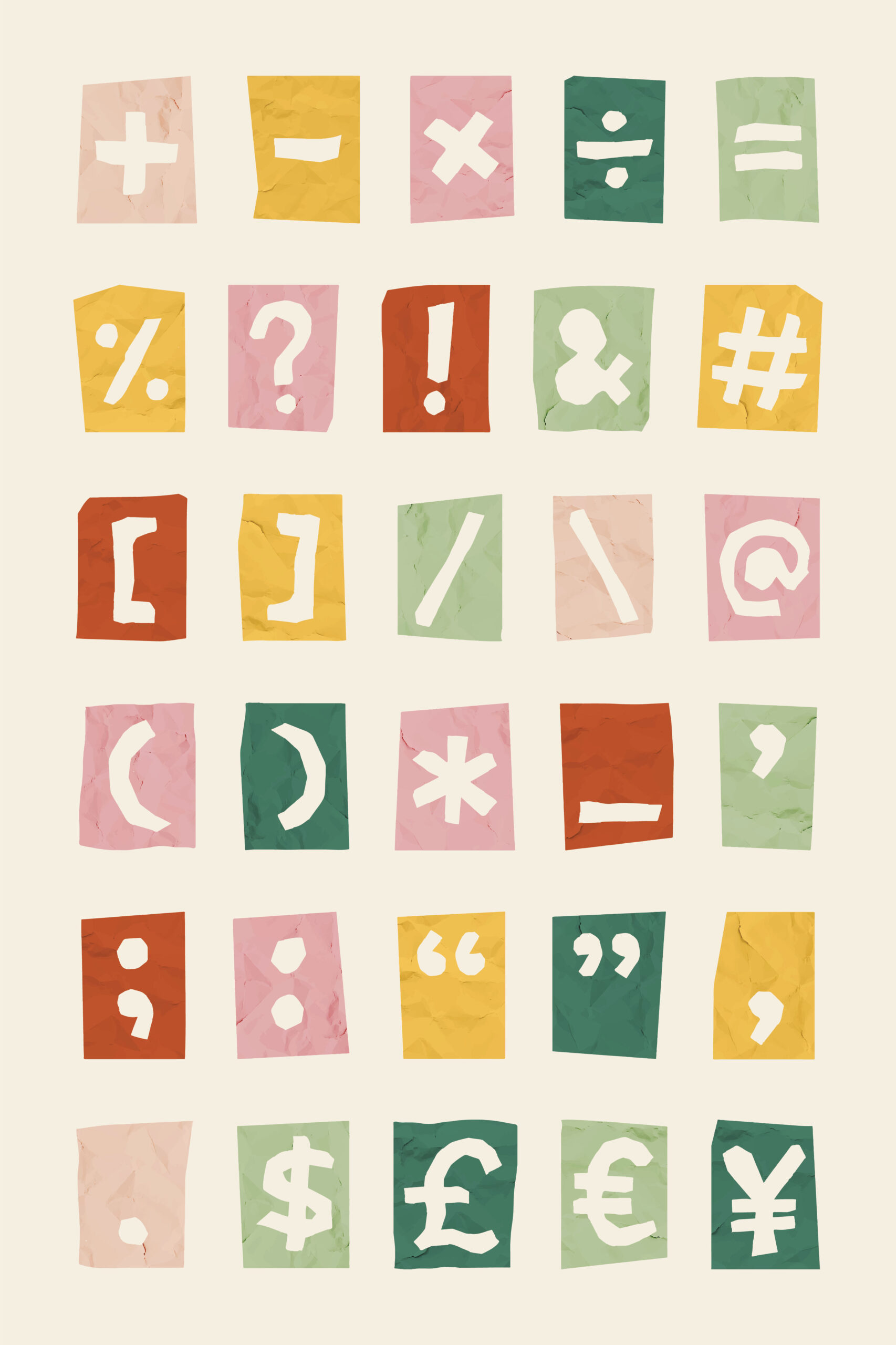I have a feeling -as do many of you, I hope- that punctuation is something that most of our advanced students are not aware of, or in the best of cases, they just choose to ignore as an unimportant element of their language learning. When asked to explain why they do not use punctuation marks, they often tell me that they do not use punctuation marks in their mother tongue either – in my case, that is usually Greek – because no one actually told them or taught them how to do that explicitly. I do not refer to the use of full stops, of course, but to that of commas, semi-colons, colons etc.
It is not my intention to blame our students for not punctuating their written work correctly. After all, they do what we tell them to do. Which goes to show that we – their teachers – are not aware of how to use punctuation marks in the right way. Yet, punctuation is among the assessment criteria used to evaluate our advanced students’ writing by prestigious examination boards! And it is common knowledge among teachers that writing is one of the papers where candidates do worse at C1 and C2 levels of the CEFR.
However, punctuation is not important only because it is evaluated in high stakes exams; it is important in its own right. It is important because it is there to clarify meaning when there might be cases of ambiguity or confusion; it is important because its basic function is to enhance the writer’s meaning and make it come across as originally intended.
I will, therefore, start with a classic example to make you see the power of punctuation in action:
Compare “Let’s eat, grandma!” to “Let’s eat grandma!”.
I don’t know about you, but I certainly wouldn’t like to be part of a world where grandmas are … edible!! Do you see how much of a difference a humble comma can make? So, let us have a look at two basic punctuation marks:
The Comma (,)
Powerful, yet often ignored. Here is a list of all the cases where you should use a comma:
- after anything you write before an independent clause, be that a dependent clause or a transition signal
e.g. If you don’t come, you will be sorry!
What is more, he is an excellent colleague.
“Put the gun down!”, the policeman shouted.
- before a coordinator – Coordinators (or the infamous “fanboys” – a word coined from their initials) are there to link together two “equal” parts; in other words, two independent clauses. These are: for, and, nor, but, or, yet, so.
e.g. He hadn’t studied much, so he failed the exam.
She is very likable, yet she has very few friends.
I left the gate open, and the sheep ran away. (Very often, students are surprised that they should use a comma before “and” because they have been taught never to use a comma before the equivalent Greek coordinator “και”; however, this is the case in English.)
- before and after any element we insert in the middle of an independent clause
e.g. Mary, therefore, did not want to attend the meeting.
- before any element we add at the end of a sentence
e.g. Let’s have some ice cream, shall we?
I won’t go to the party, either.
- to separate items on a list
e.g. When I wake up, I open the windows, turn on the coffee maker, wash my face and have breakfast.
- They grow tomatoes, potatoes, melons and peaches. (Some writers would go as far as to use the so-called “Oxford comma” and add a comma before the “and” used before the last item on the list; in that case the same sentence would be written as follows: They grow tomatoes, potatoes, melons, and peaches.)
The semicolon (;)
A highly misunderstood punctuation mark because it looks exactly like the Greek question mark. That being the case, Greek learners of English either do not understand what it is used for or mistakenly think of it as a question mark, esp. at the initial stages of learning English. However, the semicolon is a strong punctuation mark, stronger than the comma; try to think of it more like a full stop. It is used in the following cases:
- between independent clauses when they are closely related in meaning
e.g. I never liked the new boss; neither did my colleagues.
- before connectors such as however, therefore, nevertheless, moreover, furthermore, as a result, for example, that is, or in fact. But always remember to add a comma after the connector!
e.g. They arrived very late; as a result, they missed the beginning of the film.
Liana is a vegetarian; that is, she doesn’t eat any meat products.
- to separate items on a list that already contain commas
e.g. I’m having a party next month, and I will invite Paul, who is my best friend; Jane, who is Paul’s girlfriend; Mark, who is in my French class; Jack, who is my favourite cousin; and Jenny, who is my girlfriend.
In conclusion, I hope I have made my case for the importance of using and teaching punctuation. Of course, there are more punctuation marks we could discuss: the colon, the quotation marks, the hyphen etc. But, in a world where autocorrect and AI options are readily available, let’s opt for giving back to writing its artistic and creative flair. To my mind, punctuating correctly is an integral part of just that.
References
Oshima, A. and Hogue, A. (2014) Longman Academic Writing Series 4 (5th ed). Pearson
*Roula Mizeraki currently teaches EAP (English for Academic Purposes) at Deree – The American College of Greece and has been an ELT practitioner for more than 30 years. She holds a B.A. in English Language and Literature (University of Athens) and an M.A. in TEFL/TESL (University of Birmingham). She is also a certified Neurolanguage Coach©, a proponent of learner autonomy, and a great believer in online / hybrid education.

